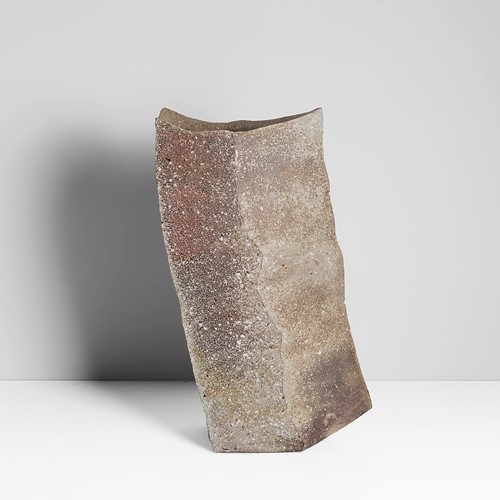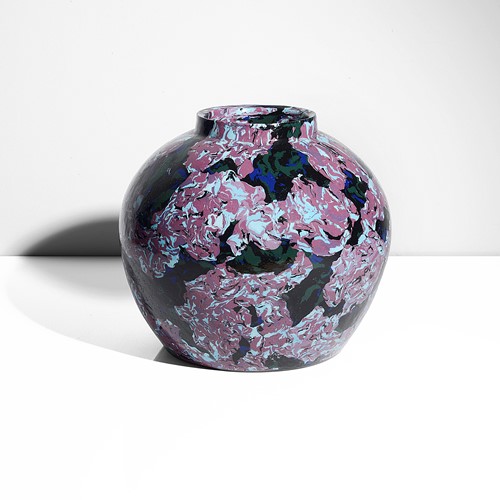For Maak’s latest auction dedicated to modern and contemporary Japanese ceramics, Maak has collaborated with Mitochu Koeki Company, the internationally respected Tokyo gallery established in 1986 by Toshihiko Hayashi and now headed by his son, Daisuke Hayashi.
Mitochu Koeki have long specialised in handling the very best twentieth century and contemporary works of Japanese ceramics, as well as other craft works, working with clients who include major Japanese museums, overseas institutions and important private collectors. For many years they have worked closely with the Victoria & Albert Museum in helping them to build up their collection of Japanese studio crafts and modern Japanese design. For this auction, Maak and Mitochu Koeki have used their extensive connections to bring together an intriguing range of high quality works from private collections in Japan, the US and the UK by some of the leading modern and contemporary masters of Japan, fulfilling a shared ambition to promote a global market for modern and contemporary Japanese ceramics

Lot 7: Kawai Kanjiro (Japanese, 1890-1966) Flattened Jar, circa 1960 | Est. £8,000-12,000
The auction includes a strong representative group of works by Mingei Masters Hamada Shoji (Japanese, 1894-1978) and Kawai Kanjiro (Japanese, 1886-1963). The Mingei movement began in the 1920s as a reaction to Japan's rapid modernization. The word "mingei" translates to "art of the people. The movement was led by philosopher Yanagi Sōetsu and potters Hamada Shōji and Kawai Kanjirō based on the principle that beauty was to be found in ordinary and utilitarian everyday objects made by nameless and unknown craftsmen – as opposed to higher forms of art created by named artists.
Lot 22 in the auction is a highlight by Hamada Shoji whilst Kawai Kanjiro’s range of decorative style, and mastery of varied glaze techniques are demonstrated over the 4 lots in this auction. Lot 7 (above), is of significant importance due to the large scale, with this later work revealing his more abstract design of bold splashed colours.
A wide range of the traditions & innovations that are associated with the different pottery regions of Japan can be seen in the works on offer. Tsujimura Shiro (Japanese, b.1947) recreates traditional unglazed high-fired Shigaraki and Iga wares (lot 54) as well as Shino and kohiki glazes (lots 53 & 50). Ichino Masahiko (Japanese, b.1961) produces modern and innovative creations within the historic Tamba tradition. Ichino won the grand prize at the Japan Ceramic Art Exhibition in 1995, for a piece named ‘Kai’ which employed his distinctive contrasting black and orange colours combined with the technique of etching fine designs into the body that can be seen on lots 120 & 121. Bizen artists such as Isezaki Jun (Japanese, b.1936) and Isezaki Koichiro (Japanese b.1974) are both highly regarded potters working within and reinterpreting this important tradition. Historically traditions and techniques have been passed down through the generations. Miwa Kazuhiko (Miwa Kyusetsu XIII) (Japanese, b.1951), is the son of Miwa Kyusetsu XI (1910-2012) who was designated ‘Living National Treasure’ for his revival of ‘Hagi’ ware in 1983, Kazuhiko continues to work in the Hagi tradition, but with bold sculptural forms exemplified by lot 109 (below).
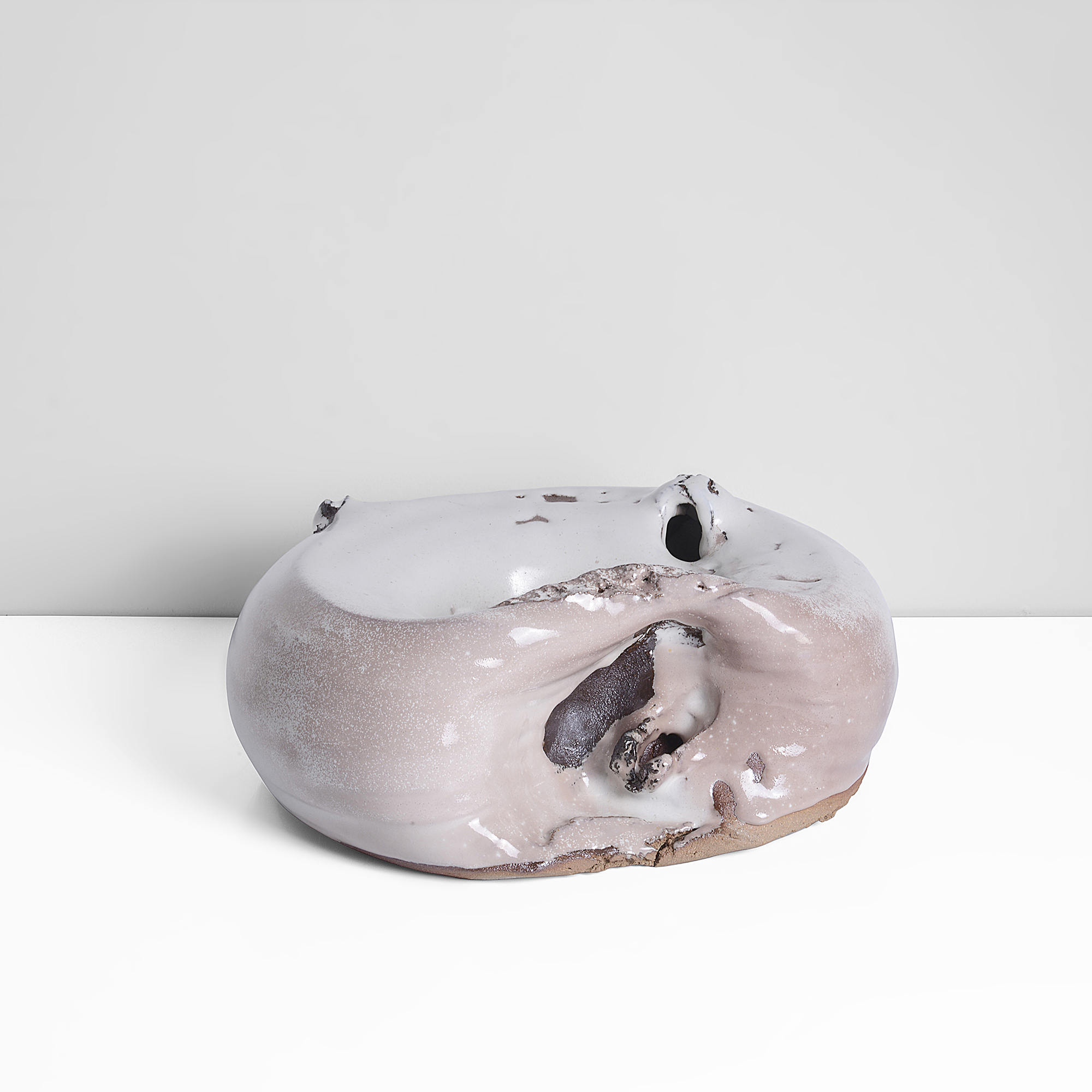
Lot 109: Miwa Kazuhiko (Japanese, b.1951), 'White Dream', Sculptural Form, 1992 | Est. £800-1200
Many of the potters in the auction are known for their mastery of specific techniques. Matsui Kosei (Japanese, 1927-2003), mastered the techniques of clay marbling ‘neriagede’ as seen in lot 85, a technique for which he was designated a ‘Living National Treasure’ in 1993. Miyashita Zenji (Japanese, 1939-2012) was renowned for his ‘saidei’ or ‘coloured clay’ technique of thin overlapping bands in graduated colours, that suggest hazy distant landscapes, as in lot 84 (below).
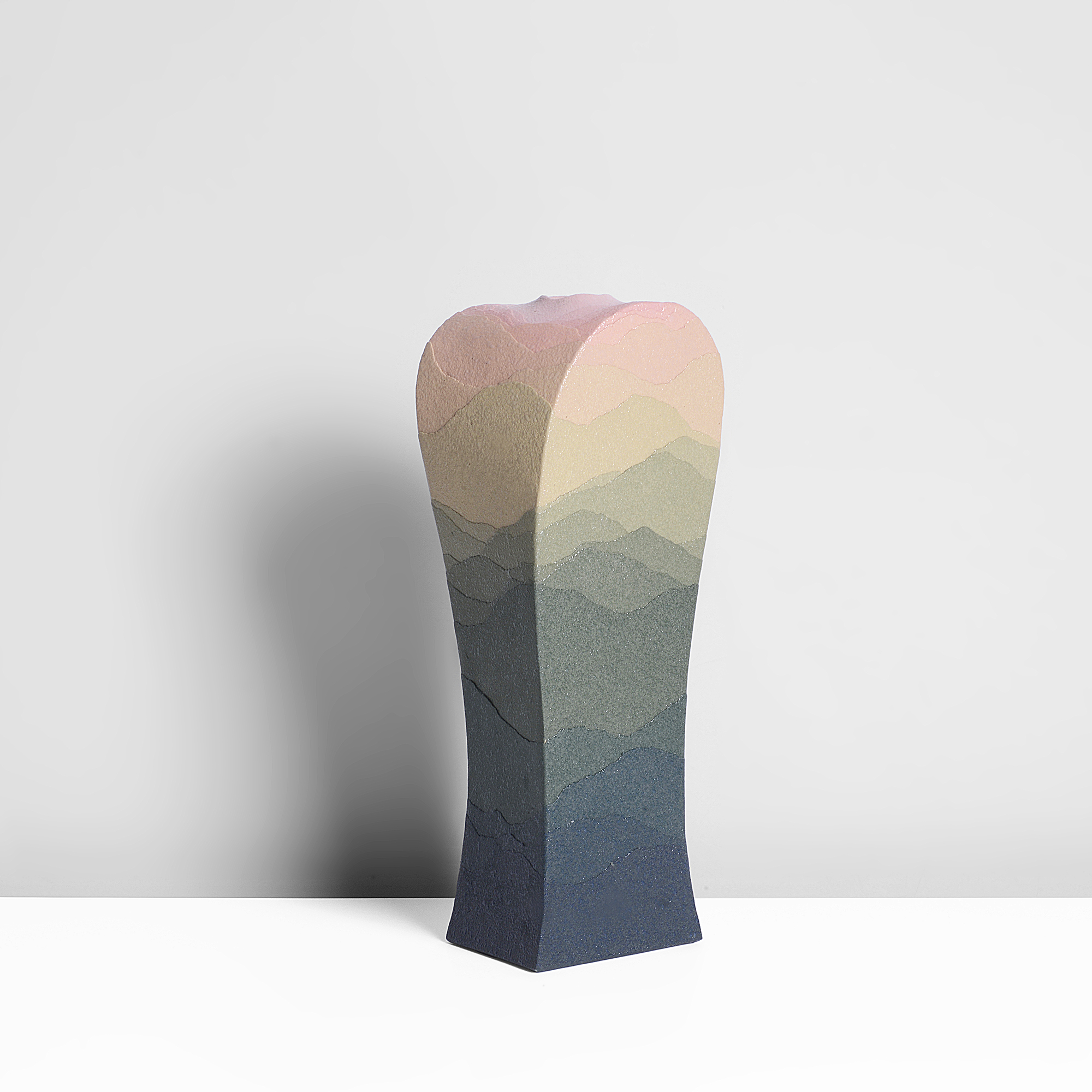
Lot 84: Miyashita Zenji (Japanese, 1939-2012), Vase | Est. £4,000-5,000
The Sodeishsa group (which translates to ‘Crawling through Mud Association’) was formed in Kyoto in 1948 by Yagi Kazuo (1918-1979), Yamada Hikaru (1924-2001) and Suzuki Osamu (1926- 2001), and would be hugely influential for the next 50 years. They were an avant-garde group whose focus was on making sculptural ‘objects’ and moving away from functional forms, thus diverging from the centuries long tradition of Japanese ceramics.
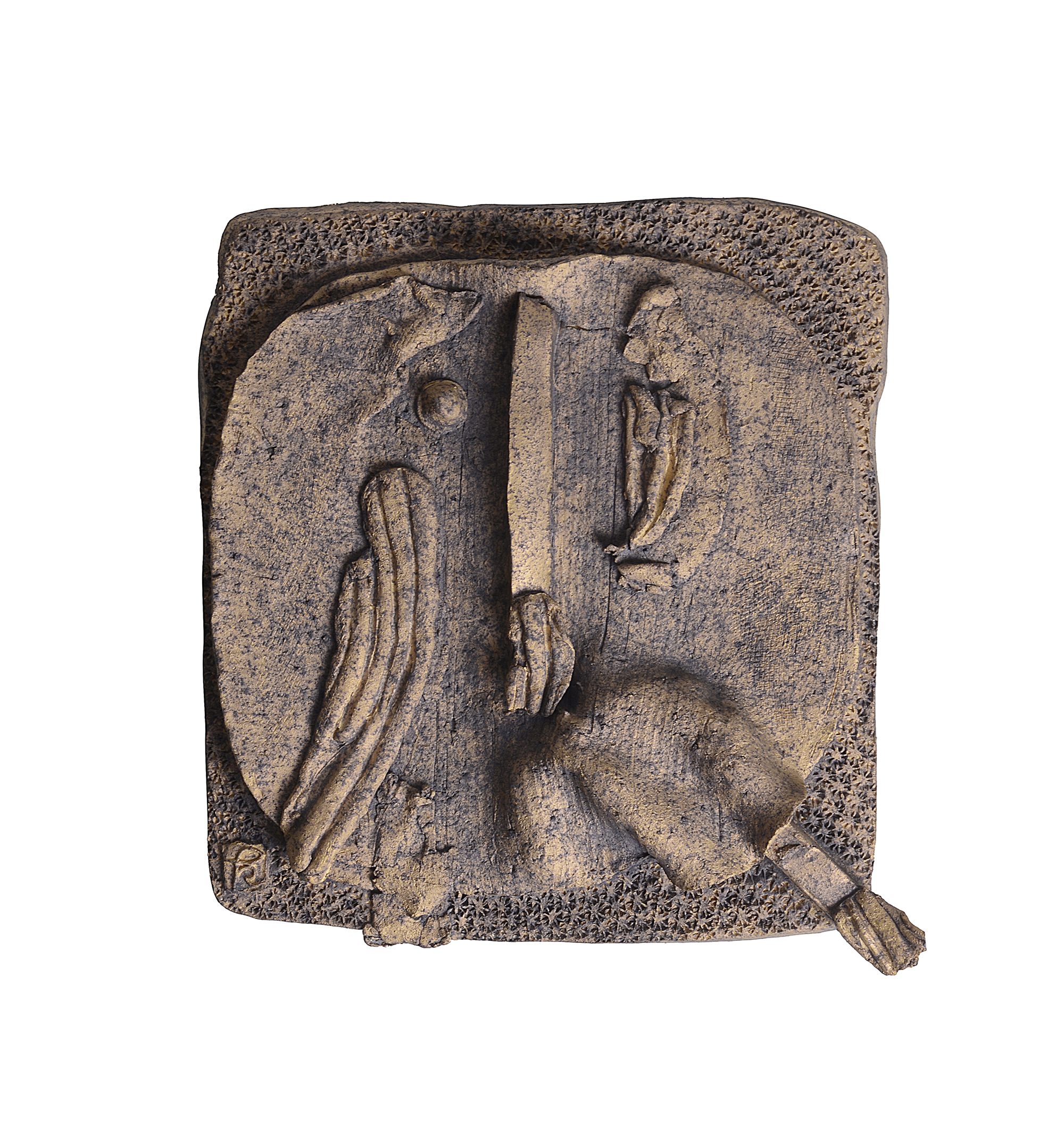
Lot 112: Kumakura Junkichi (Japanese, 1920-1985), Plate 1983 | Est. £600-800
Kumakura Junkichi (Japanese, 1920-1985) was an important Sodeisha artist whose work is represented in the auction, with two later sculptural works from the 1980s (lots 112 & 113). Lot 112 (above) was exhibited in the retrospective held at The National Museum of Art, Tokyo in 1989. Akiyama Yo (Japanese, b.1953) was a later figure in the Sodeisha movement, following in their tradition of making non-functional sculptural forms. His work is distinctive, focusing on form and surface texture in his abstract sculptural forms. Lots 124 & 125, with their rough edges, cracks and fissures, each demonstrate a geological quality that is typical of his works.
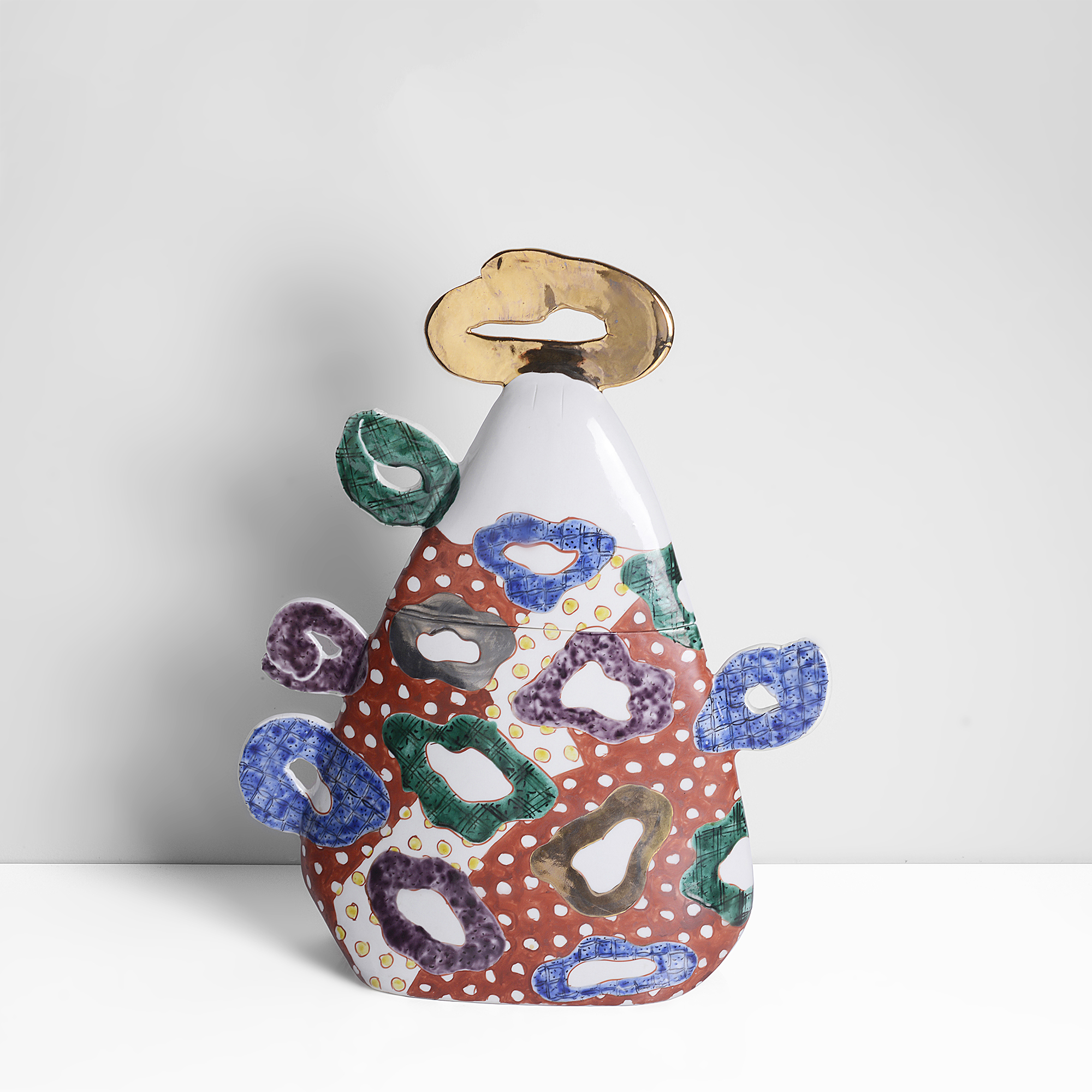
Lot 131: Matsuda Yuriko (Japanese, b.1943) 'Fujisan', Lidded Container, 1993 | Est. £800-1200
Pioneering female potters came to prominence from the 1950s onwards. Matsuda Yuriko (Japanese, b.1943) has been a pioneer amongst female ceramic artists in Japan, her works a playful reinvention of traditional Imari and Kutani-style enamel decoration. Lot 131 (above) employs her distinctive bright enamels and gilding on porcelain on hand-built sculptural forms, part of a series she did of landscapes of Mount Fuji. Shigematsu Ayumi (Japanese, b.1958) was working within the Sodeisha ideology with her focus on sculptural non-functional works. Lot 128 demonstrates her distinctive pastel colour palette and soft, burnished surface.
By bringing together these works, we hope to draw further focus on this important tradition of ceramics, so closely associated with the tradition of British Studio Pottery, and introducing them to a new appreciative audience of collectors.
VIEW AUCTION HERE
Ceramic Art of the East | 16-21 November 2024
